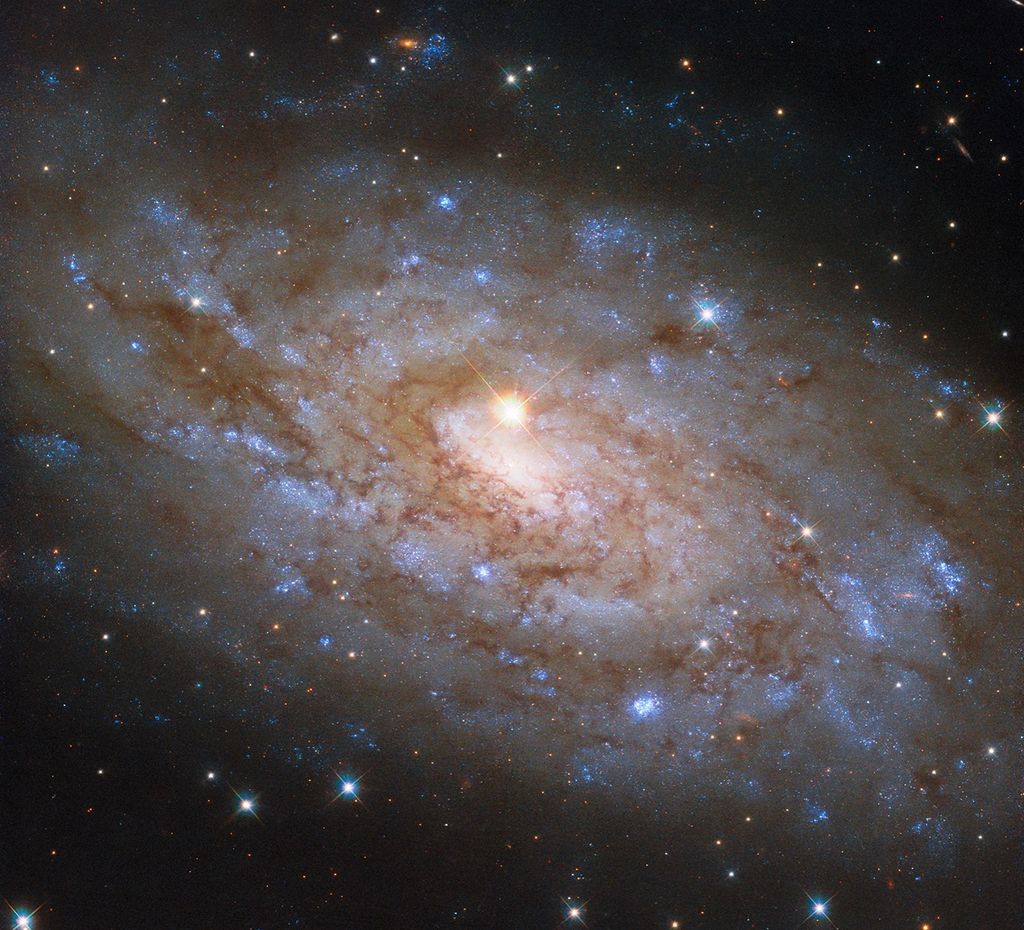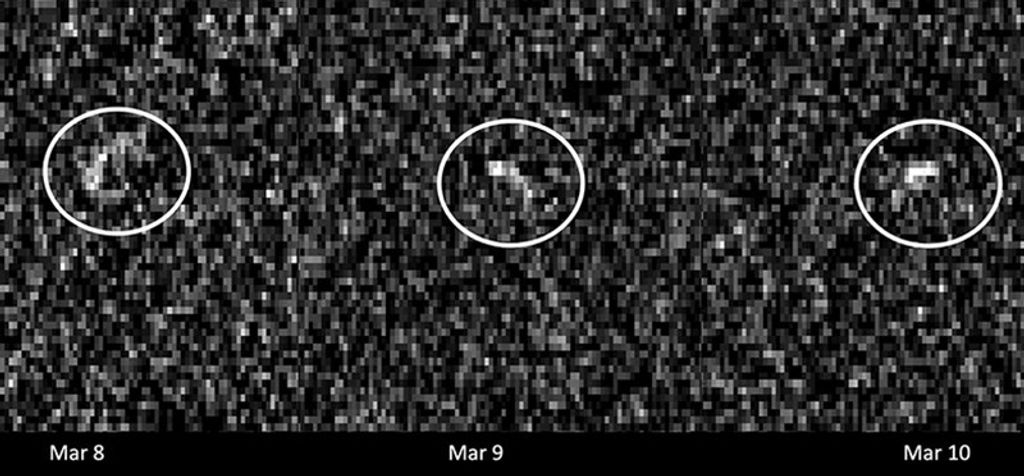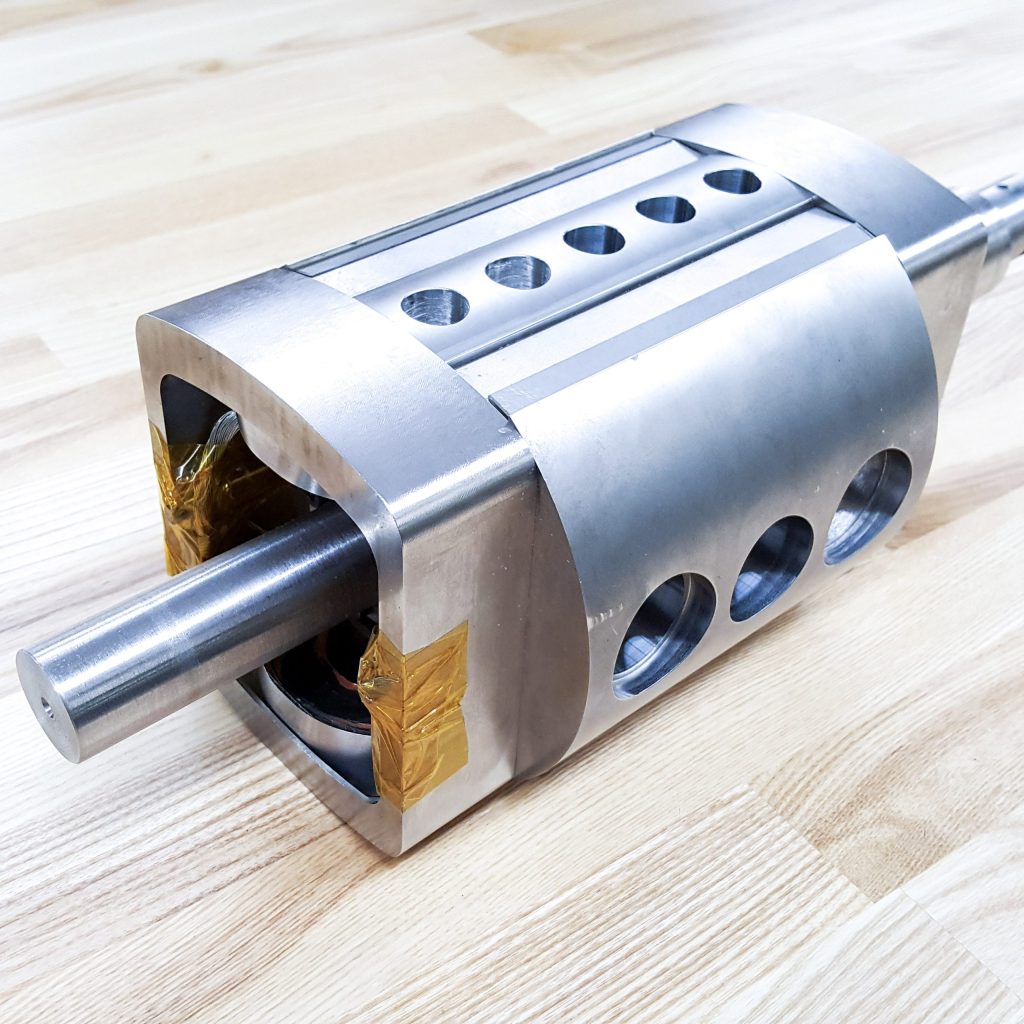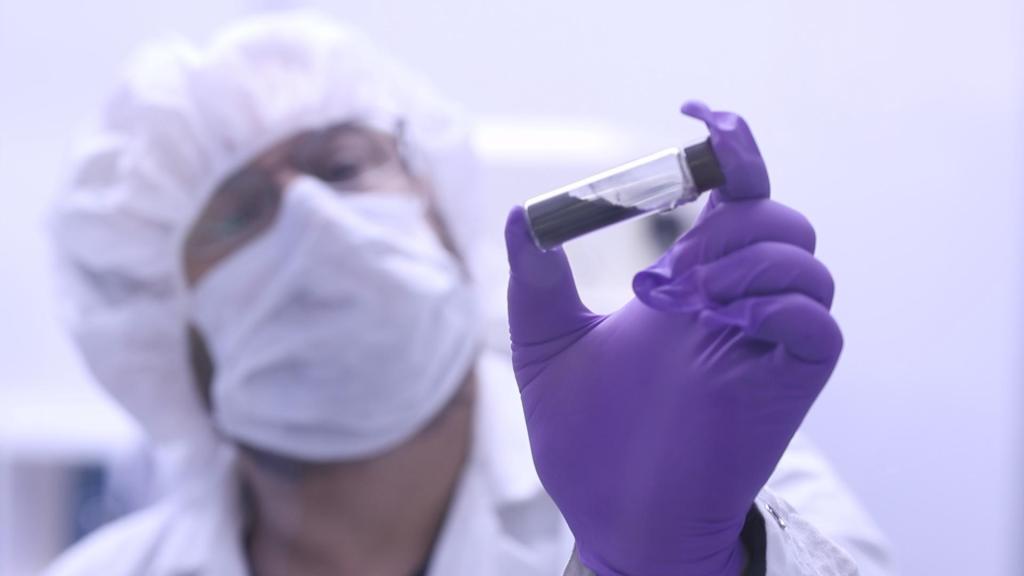NASA conducted a successful full-duration test Dec. 15 to begin a new series of testing for state-of-the-art RS-25 engines to help power the agency’s Space Launch System (SLS), America’s new deep-space rocket, on future missions to the Moon and Mars.
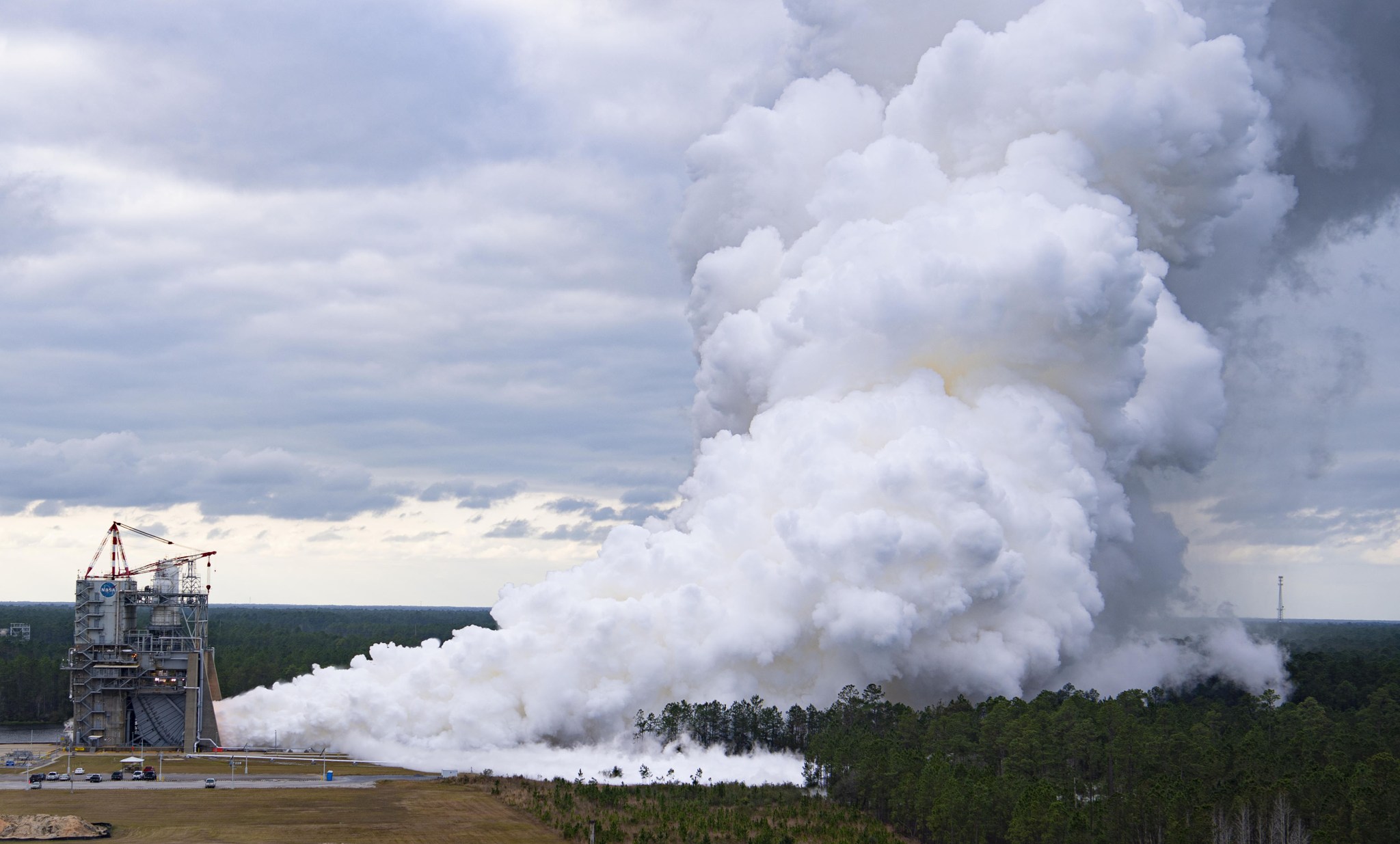
The first hot fire of the new series was conducted for a full-duration 500 seconds on the Fred Haise Test Stand (formerly A-1 Test Stand) at Stennis Space Center, near Bay St. Louis, Mississippi.
The upcoming test schedule is divided into three phases:
- An initial series of five tests scheduled into next spring will use development engine No. 0525 to gather performance data on a variety of new engine components manufactured with state-of-the-art fabrication techniques, like hot isostatic pressure bonding and selective laser melting, to reduce both the cost and time to build new engines.
- A second phase of 12 tests will begin next summer with a certification engine produced with all new parts in Aerojet Rocketdyne’s factory in DeSoto, California. It is identical to new engines being manufactured for flights after Artemis IV.
- A third phase of 12 tests will follow the certification series and will be conducted with the development engine, which will have many of the same parts as the certification engine and also will be used to certify the new engines for flight.
“These new engines will have the same high performance as the upgraded engines from the shuttle era used for early Artemis missions, but with anticipated manufacturing cost savings of more than 30% over engines from the shuttle program,” said Johnny Heflin, the SLS liquid engines manager at Marshall Space Flight Center in Huntsville, Alabama. “These tests ensure the new engines are ready to power a generation of SLS flights.”
Four RS-25 engines, along with a pair of solid rocket boosters, will help power SLS at launch. Firing simultaneously, the engines will generate a combined 1.6 million pounds of thrust at liftoff and 2 million pounds during ascent. NASA already has completed testing of engines for the first four Artemis missions as part of the agency’s plan to return humans, including the first woman and first person of color, to the Moon in preparation for eventual missions to Mars.
This latest round of testing is part of an ongoing program to develop new RS-25 engines and components for future Artemis deep space missions. During each phase, engineers are introducing newly fabricated components on developmental engines. The components tested in this series include newly fabricated turbopumps, ducting, harnesses, and valves. Also included will be a previously tested pogo accumulator. Manufactured with selective laser melting, the pogo accumulator dampens propellant pressure oscillations during vehicle ascent.
“Our team has worked hard over the past several years to update the designs of several key RS-25 components and fabricate them using advanced manufacturing techniques in order to streamline the production process and significantly reduce cost,” said Jeff Zotti, Aerojet Rocketdyne’s RS-25 program director for Aerojet Rocketdyne, lead contractor for SLS engines. “The Retrofit-3 test series will allow our engineers to validate the performance of these new components.”
Test data will help Aerojet Rocketdyne ensure RS-25 engines meet NASA’s mission guidelines for human missions to the Moon and Mars. To ensure quality performance, operators will compare data for the modern engine components manufactured using new techniques against prior data from components developed using older manufacturing methods.
“It is exciting to be starting this next test series that gets us closer to newly-manufactured RS-25 engines,” said Chip Ellis, Stennis RS-25 test project manager. “These new production RS-25s will power SLS to further exploration for years to come.”
The previous round of RS-25 testing concluded with removal of RS-25 developmental engine No. 0528 from the A-1 Test Stand on Oct. 25. During that series, operators collected data from a series of seven hot fire tests conducted Jan. 28 to Sept. 30 and confirmed that all primary test objectives were successfully achieved.
NASA is building SLS as the world’s most powerful rocket. SLS and the Orion spacecraft, along with the commercial human landing system and the Gateway in orbit around the Moon, are NASA’s backbone for deep space exploration. The agency is working towards the launch of the Artemis I uncrewed flight test in upcoming months, which will pave the way for future missions with astronauts.
RS-25 tests at Stennis are conducted by a combined team of NASA, Aerojet Rocketdyne and Syncom Space Services operators. Syncom Space Services is the prime contractor for Stennis facilities and operations.
CUTLINE: NASA conducts a full-duration (500 seconds) hot fire test of RS-25 developmental engine No. 0525 on the Fred Haise Test Stand at Stennis Space Center on Dec. 15. The hot fire marked the first in a new series of tests to collect performance data for production of RS-25 engines to help power NASA’s Space Launch System rocket on future deep space missions.
C. Lacy Thompson
Stennis Space Center, Bay St. Louis, Miss.
228-363-5499
calvin.l.thompson@nasa.gov




